« Despite the security situation in the country, we exported 25 tons of cocoa to Europe in October 2023, » Calixte told AyiboPost
At two o’clock in the afternoon, the sky in Anse-d’Hainault, a commune in the department of Grand-Anse, is peppered with thin wisps of white clouds. This vast picture of immensity overlooks imposing trees standing in tight rows.
This lush green space surrounds a stone factory covered with sheet metal that stands next to more than a dozen parallel tables filled entirely with cocoa beans that a man leaves to dry.
The factory, the tables overflowing with beans… belong to Kaléos, a cocoa fermentation and export company based in the South and Grand-Anse departments.
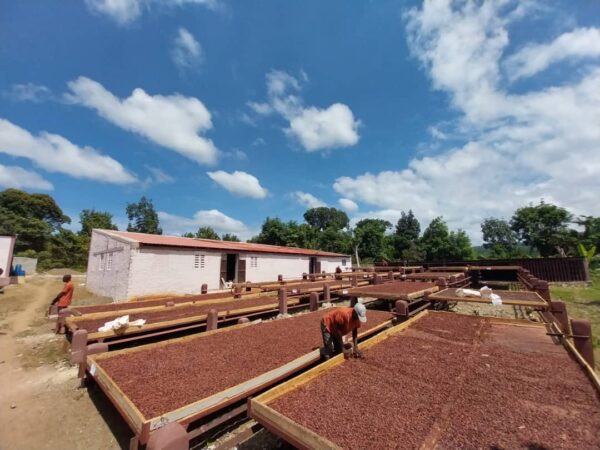
Farmers drying cocoa beans at the Anse-d’Hainault plant in October 2023. | Jacquelin Calixte
In a context where insecurity is gripping the metropolitan area and the country’s socio-political unrest is discouraging investment, this company has already injected more than 1 million US dollars into the cocoa sector since its launch in 2013, according to Jacquelin Calixte, its president and co-founder.
« Despite the security situation in the country, we exported 25 tons of cocoa to Europe in October 2023, » Calixte told AyiboPost.
Kaléos began its operations in 2013 after the deadly tremors of the 2010 earthquake.
While Port-au-Prince was still struggling to shake off the memory of the devastation, Calixte carried out a market study from 2010 to 2011 to identify Haitian agricultural sectors likely to generate the most demand in Europe.
Two years later, the entrepreneur co-founded the company in the South department, with partners such as the Catholic Relief Services (CRS), the International Labour Organization (ILO) and the Foundation for Knowledge and Liberty (FOKAL).
Read also: The nightmare of young Haitian agri-entrepreneurs in bankruptcy
Small farmers and cocoa producers, particularly in Dame-Marie and Anse-d’Hainault, quickly joined the project.
They are trained, in addition to the implementation of quality control for cocoa and nearly US$100,000 dollars invested during the launch in 2013, according to the co-founder, Didier Daigrement.
Kaléos buys organic cocoa from farmers, ferments it at the end of various quality control stages and then sells it to partners such as Belgium, England or France.
To meet the quality requirements of European customers, a cocoa fermentation plant with a processing capacity of 150 to 250 tons was installed in Anse-d’Hainault in June 2022 as part of the project.
« We hire more than 30 people there, » says Calixte. During the harvest period, the number can stretch to 80. »
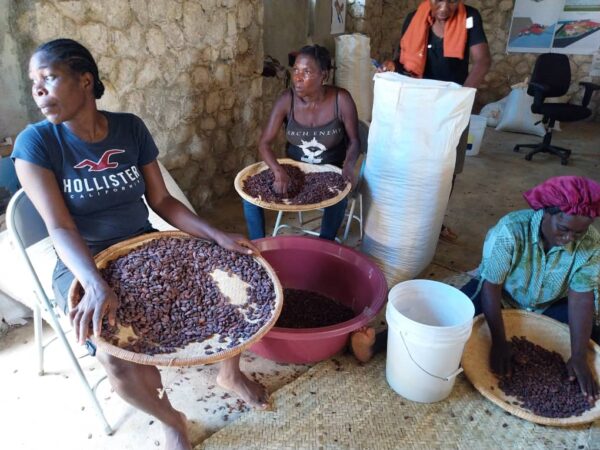
Women sorting cocoa beans at the Anse-d’Hainault factory in October 2023.
Kaléos has a fair trade certification and its georeferencing system, set up since 2012, allows them to guarantee the traceability of cocoa, from its production to the end consumer.
In Dame-Marie, separated from Anse-d’Hainault by 14 km, cocoa production represents a breath of fresh air for more than half of the approximately 40,000 souls who live in the commune.
The area concentrates 9.37 to 9.75% of the total national production, which amounts to 7,500 metric tons per year, according to data from the Ministry of Agriculture, Natural Resources and Rural Development (MARNDR) in 2012. The land planted with cocoa in the locality stretches as far as the eye can see, under a cottony sky.
Jeancely François, a farmer in his forties, owns several cocoa plantations in the area.
« Cocoa gives me and most farmers a financial base, » he tells AyiboPost.
To increase the yield and price of the product, these producers of the « brown gold » enlist in cooperatives.

Co-op member meeting. | October 2023
The largest of these organizations — the Coopérative Union de Dame-Marie, CAUD — has nearly 1,200 planters.
These cooperatives, scattered throughout the department, bind planters or producers, and defend their interests. They also act as purchasing points for cocoa, in addition to serving as a link between producers and export companies.
After Dame-Marie and Anse-d’Hainault, the other communes with a strong cocoa production potential in Grand’Anse are Chambellan, les Irois, Beaumont, Moron, among others…
Read also: « Jaca », another endangered culture in Haiti
Scientifically called « theobroma, » the cocoa tree is an evergreen tree.
Grown in Haiti using a three-tier agroforestry system with fruit trees, forest plants and food crops, this climate-resilient plant can produce crops throughout the year, provided there is enough rainfall. It produces edible beans that are used to make by-products such as chocolate, which is in high demand worldwide thanks to its particular fruity aroma.
In Haiti, the two main varieties of cocoa are criollo and trinitario. A third variety, forastero, was introduced in the 1970s by MARNDR to increase plantation yields, as explained by Claudel Charles, an agronomist and student in protected area management and biodiversity at Senghor University in Alexandria, Egypt. Criollo is grown in 100% of Dame-Marie’s plantations, forastero in 82.5% and trinitario in 17.20%, according to this specialist.
Despite being the country’s fourth-largest export chain after coffee, mango, and essential oils, only a small portion of the cocoa produced in Haiti is fermented, less than 10%, according to a 2020 study by the Ayitika company. The remainder, unfermented and called « conventional cocoa, » is sold primarily on the North American market for use in lower-end products.
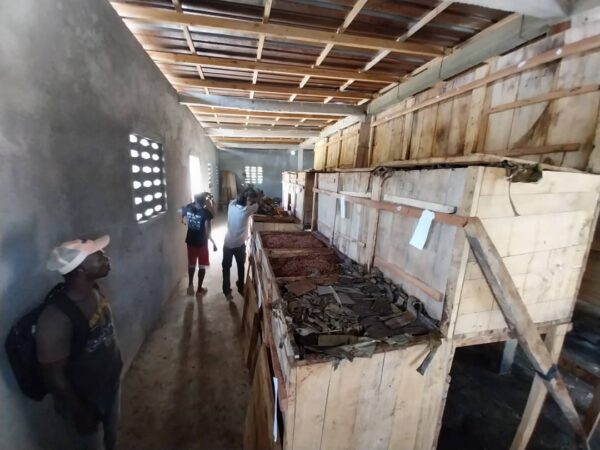
Cocoa bean fermentation boxes at the Anse-d’Hainault plant. | October 2023
Kaléos says it has established a strong network of customers who are satisfied with the quality of Haitian cocoa. However, although it claims to have exported nearly 500 tons to Europe since 2013, these numbers do not fully satisfy the international demand.
« We have customers who can absorb all the national fermented production in one day, » says Calixte.
Haiti exports about 5,000 metric tons of cocoa per year to the world market, while nearly 3 million metric tons are traded and sold almost every year. This represents only 0.16% of world trade.
Read also: 40 years later, the disease that caused the slaughter of Creole pigs resurfaces in Haiti
Despite this difficult situation, many social challenges are weakening the sector. Cocoa production in Grand-Anse is not spared from natural hazards.
Hurricane Matthew, which hit Haiti on October 4, 2016, caused between 546 and 1,000 deaths and destroyed more than 80% of the cocoa fields in the department.
Almost 7 years later, in 2022, the commune of Dame-Marie recorded a 17% drop in production, mainly due to the « aging of the plantations, » according to agronomist Claudel Charles.
According to a study conducted in 2022, the municipality of Dame-Marie did not have any plantations that were less than 20 years old.
Insecurity also affects the activities of farmers and cooperatives.
In 2023, the cooperative led by Jean Garry Roblin, a farmer from Les Irois, sold 4 tons of cocoa to a customer based in Léogâne. Unfortunately, the load, deposited in Drouillard, could never be recovered due to the armed presence of gangs on this road.
Jean Garry Roblin expresses his frustration: « We only receive our money sporadically, which has affected us deeply. That same year, due to a lack of resources, we produced only 4 tons of cocoa when we should have produced eight. »
Hurricane Matthew destroyed more than 80% of the cocoa fields in the department.
Export companies are also suffering the consequences of insecurity.
According to Jacquelin Calixte of Kaléos, the company often faces delays in deliveries abroad. In November 2023, for example, 25 tons of cocoa for export were stuck for nearly 2 months at the Port-au-Prince terminal due to insecurity, before finally being shipped to Europe.
Calixte expresses his dissatisfaction: « Before the security crisis, we paid 4,000 USD to a transporter to bring a load to Port-au-Prince. In 2023, this amount has quadrupled. »
Several non-governmental organizations are involved in cocoa production in the Grand-Anse department.
AyiboPost interviewed agronomist Josué Bazile, a member of an NGO in the department, who collaborates with local cooperatives to strengthen their organization and improve infrastructure.
This NGO has managed to bring together six cooperatives under a single label, the Rezo Koperativ Kakawo Grandans (REKOKAGA). Some members of the new structure participated in the Salon du Chocolat in Paris from September 28 to November 2, 2023.
However, despite the fact that some communes of Grand-Anse derive a significant part of their income from the cocoa trade, the commune of Chambellan, which also produces cocoa and organises its activities around two cooperatives, seems to be encountering difficulties, as it is unable to sell all of its seasonal production.
« Due to the insecurity, we are forced to limit our activities to our region, and the lack of necessary resources means that we are still unable to ferment our cocoa, » laments Luckson, a farmer in the area.
Par Junior Legrand
The photos in this article are by Jacquelin Calixte.
Cover Image : A farmer harvesting cocoa pods.. freepik
Keep in touch with AyiboPost via:
► Our Telegram channel : click here
► Our WhatsApp channel : click here
► Our CommunityWhatsApp:click here

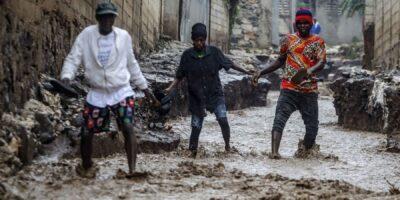

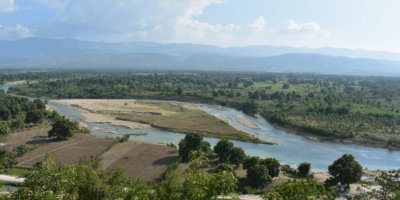
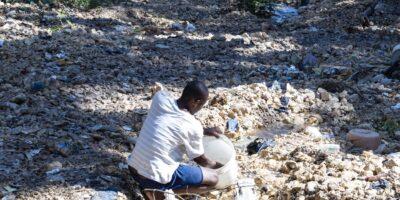


Comments